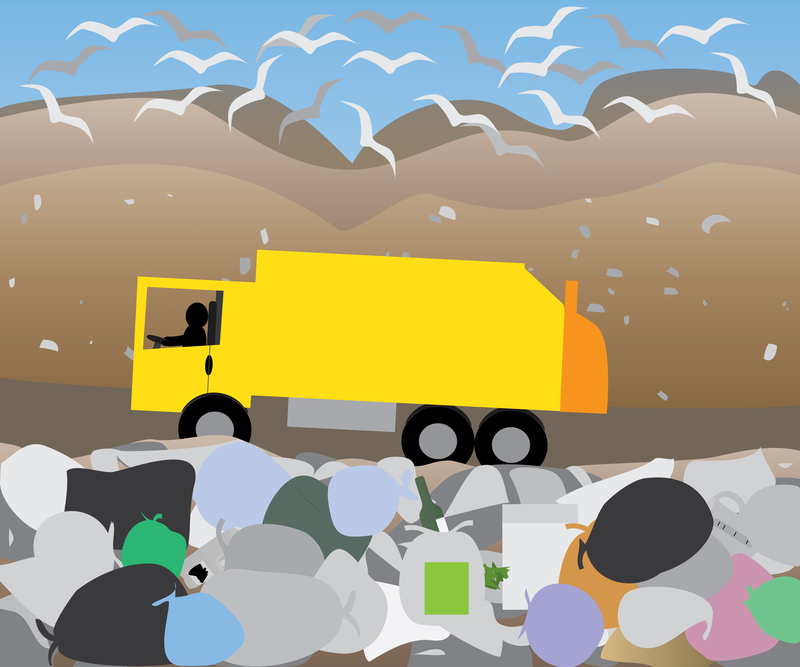Glass Recycling: Important Facts and Stats
In today's world, recycling is a crucial practice that aids in reducing waste and conserving resources. Among various materials, glass recycling stands out due to its multiple benefits and relatively straightforward process. In this article, we will explore the importance, process, and staggering statistics surrounding the recycling of glass.
What is Glass Recycling?
Glass recycling is the process of converting waste glass into usable products. This practice helps in minimizing discarded glass in landfills and offers a sustainable alternative to using raw materials in manufacturing new glass products. The cycle of glass -- from being discarded to being reborn into a new item -- is virtually endless, which underscores the need for more widespread recycling initiatives.
Why is Glass Recycling Important?
- Environmental Benefits: Recycling glass significantly reduces the emission of greenhouse gases and the consumption of raw materials. It assists in conserving natural resources like sand, soda ash, and limestone.
- Energy Conservation: Importantly, recycling glass uses about 40% less energy compared to making new glass from raw materials, resulting in considerable energy savings.
- Reduction in Landfill Usage: By recycling glass, we minimize the stress on overflowing landfills, which can be harmful to the environment.
- Economic Incentive: The recycling industry provides jobs and can lead to local economic benefits.

How is Glass Recycled?
The process of recycling glass involves several meticulous steps, including:
- Collection and Sorting: The journey begins with the collection of glass waste from households, collection centers, and businesses. This glass is then sorted by color because each glass type requires a different treatment process.
- Cleaning: After sorting, the glass is thoroughly cleaned to remove any impurities, labels, or caps.
- Crushing and Melting: The cleaned glass is crushed into small pieces called cullet. This cullet is then melted and molded into new glass products such as bottles and jars.
- Manufacturing New Products: Finally, the molten glass is shaped into new containers or other glass products, ready to be distributed and utilized.
Interesting Statistics on Glass Recycling
The stats on glass recycling are quite encouraging and illustrate the potential of this sustainable practice:
- Approximately 80% of glass containers recovered can be used to make new glass bottles or jars.
- Recycled glass can be continuously reused without degradation in quality or purity.
- Recycling one ton of glass saves over 1,300 pounds of sand, 410 pounds of soda ash, and 380 pounds of limestone.
- Cullet usage in the glass-making process can reduce related air pollution by up to 20% and water pollution by about 50%.
The Future of Glass Recycling
There are exciting advancements on the horizon for glass recycling:
- Innovative Technology: New technologies are emerging to streamline the glass collection and recycling processes, making it more efficient and cost-effective.
- Enhanced Public Awareness: Educational campaigns are crucial in raising public awareness about the importance of recycling glass, thus increasing participation rates.
- Policy Changes: Governments worldwide are considering stricter regulations to promote glass recycling, thus incentivizing industries and individuals.

Challenges Faced by Glass Recycling
Despite its benefits, the recycling of glass faces certain challenges:
- Collection and Sorting Difficulty: Mixed recycling bins can sometimes make it challenging to sort glass from other materials accurately.
- Transportation Costs: The heavy weight of glass makes it expensive to transport, which can negate the potential savings from recycling.
- Market Demand: Fluctuations in demand for recycled materials can impact the financial viability of recycling initiatives.
How You Can Help
Contributing to glass recycling efforts can be simple and impactful:
- Always separate your glass waste by color to facilitate easier sorting and recycling.
- Participate in local recycling programs and promote awareness in your community.
- Reduce your glass use by opting for reusable containers where possible.
Conclusion
From reducing environmental impacts to conserving energy, recycling glass offers myriad benefits. By understanding the process and its importance, and actively participating, each of us can contribute to a sustainable future. Remember, recycling glass is not just about waste management; it's a commitment to preserving our planet for future generations.
Join the glass recycling movement and be part of a greener tomorrow!